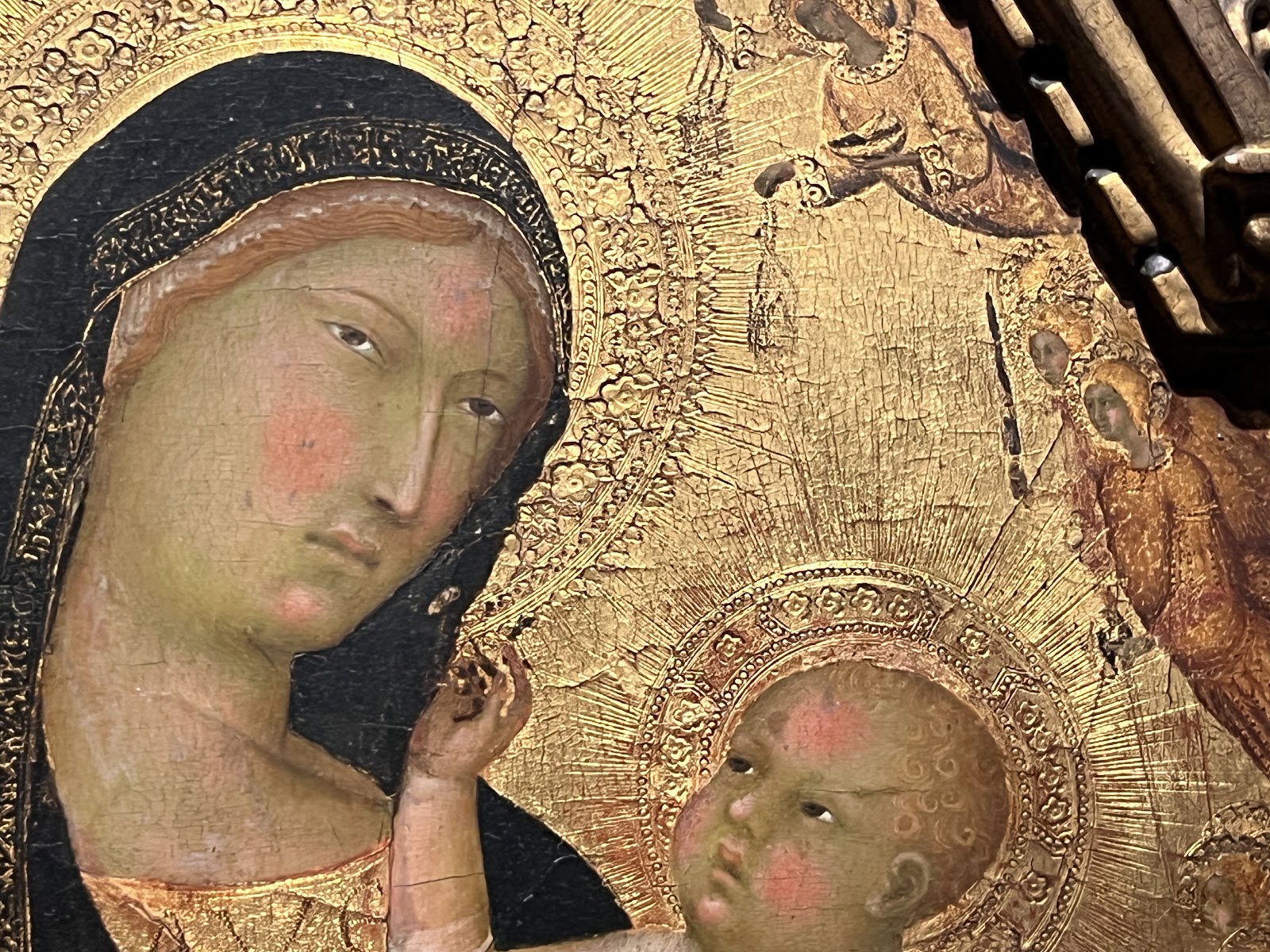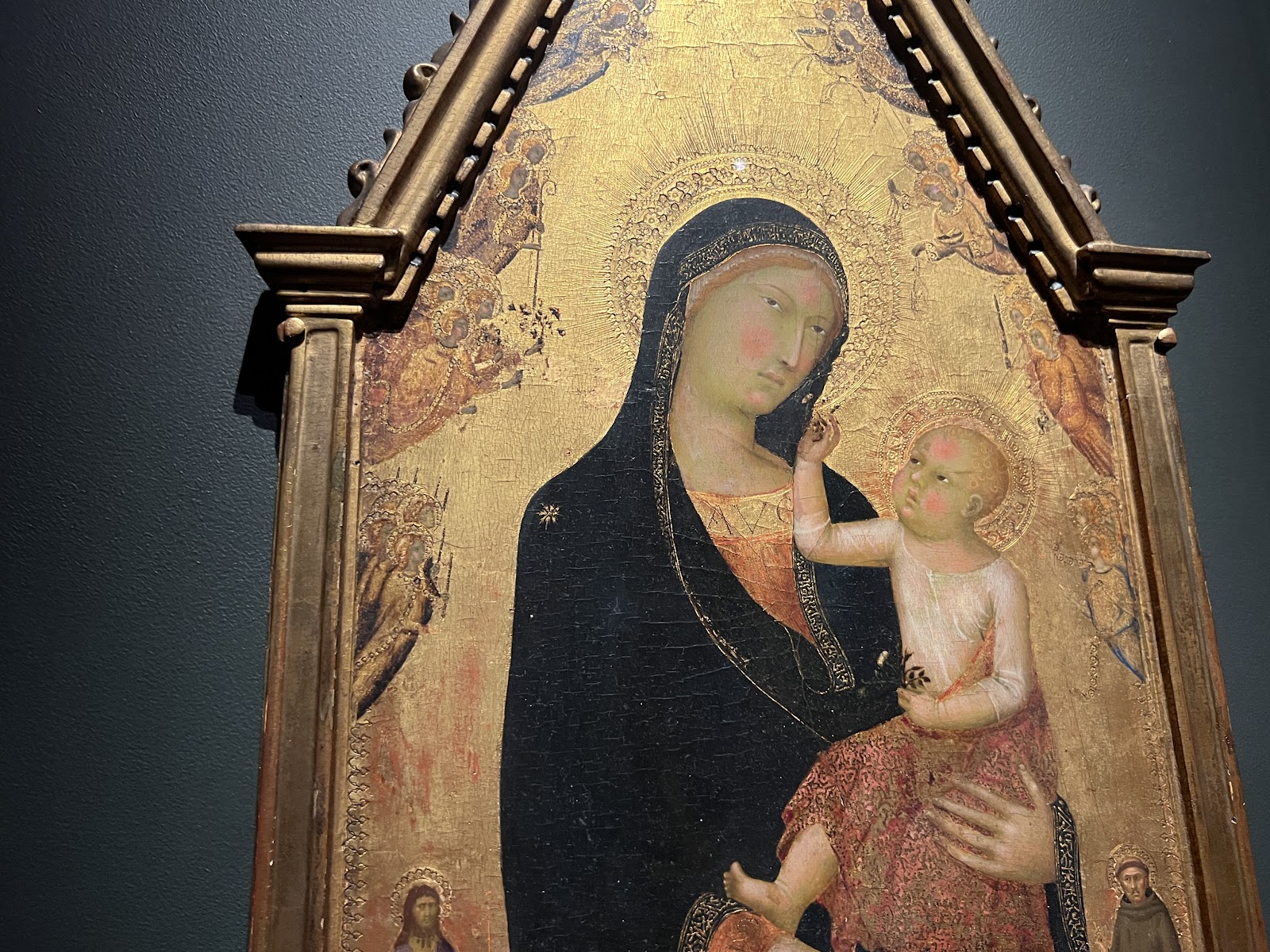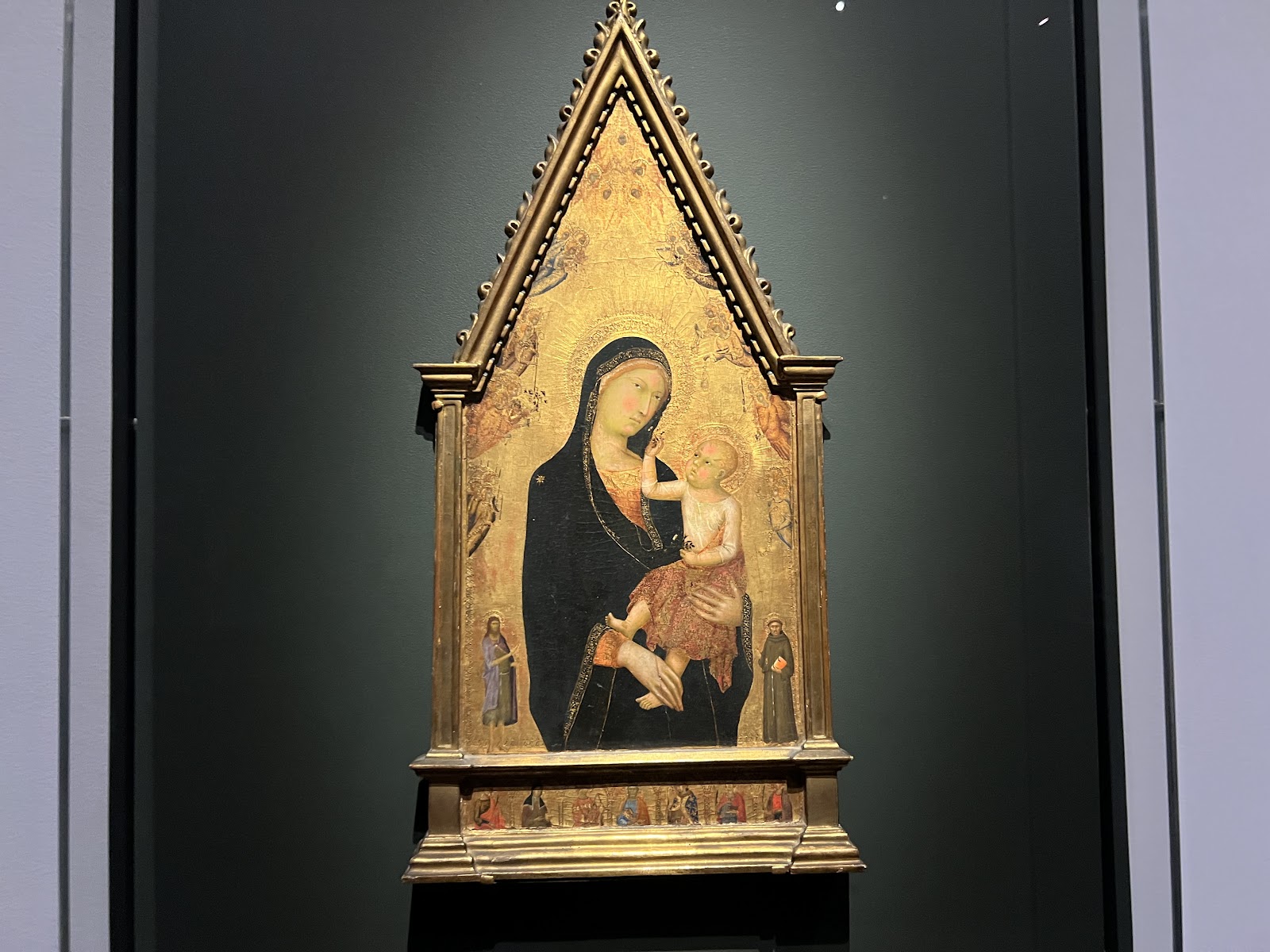Small Space, 2012, oil on linen, 29 x 32 inches
The first painting in this knockout decade survey Cora Cohen: A Decade: 2012-22 at Greene Naftali.
She must have used a marble dust or water absorbent gesso, because the surface was so matte the blue shape looked collaged as if the paint and surface were one. Flat and matte to an infinite degree, one I would have liked to achieve in oils but never could.
If I Weren't, 2012, oil on linen, 67 x 69 inches.
This relates to Curtain 8 Black, 2013, Flashe, graphite, and pigment on linen, 69 x 9 inches (on gallery website linked above). It also overlaps in Louise Fishman's vertical strokes in the late work, with the hint of a grid, but over time each artist's unique mark becomes more distinct. When I knew Cohen in the 1990s, her paintings were dark, impasto, and dense with glitter. Whether heavy oil or watercolor, she was always innovating, out in front.
Terrain Vague, 2022, Flashe and watercolor on linen, 40 x 58 inches
Was this named after Mira Schor's brilliant essay Figure/Ground in her groundbreaking book Wet (1997)?
Portrait of an Artist, 2022, Flashe and watercolor on linen, 59 x 39 inches
Where painting and drawing truly fuse. Two Coats of Paint's Cora Cohen obituary quotes her saying, “I have continued working on paintings one at a time, often printing the basic structure of earlier works onto primed linen, then working back into that printed armature directly, introducing conflicting scenarios. I do have a notion of what I want my current work to be, how I want it to present itself. I want to make a painting that is non-finite, ambiguous but at the same time rather serious and non-ironic, a painting one might not notice as a painting. One might walk by it as one does a wall or an unremarkable tree, a method of turning failure into a compelling act.” –Cora Cohen, 2022, NYC"
DETAIL
We close with the ethereal Veronica's Veil, 2022, acrylic, colored pencil, Flashe, and watercolor on cotton duck, 61 x 59 inches, and some details. It's hard to write words about this painting, which foresees (in my experience) the desire to pour and paint transparently together.



































































